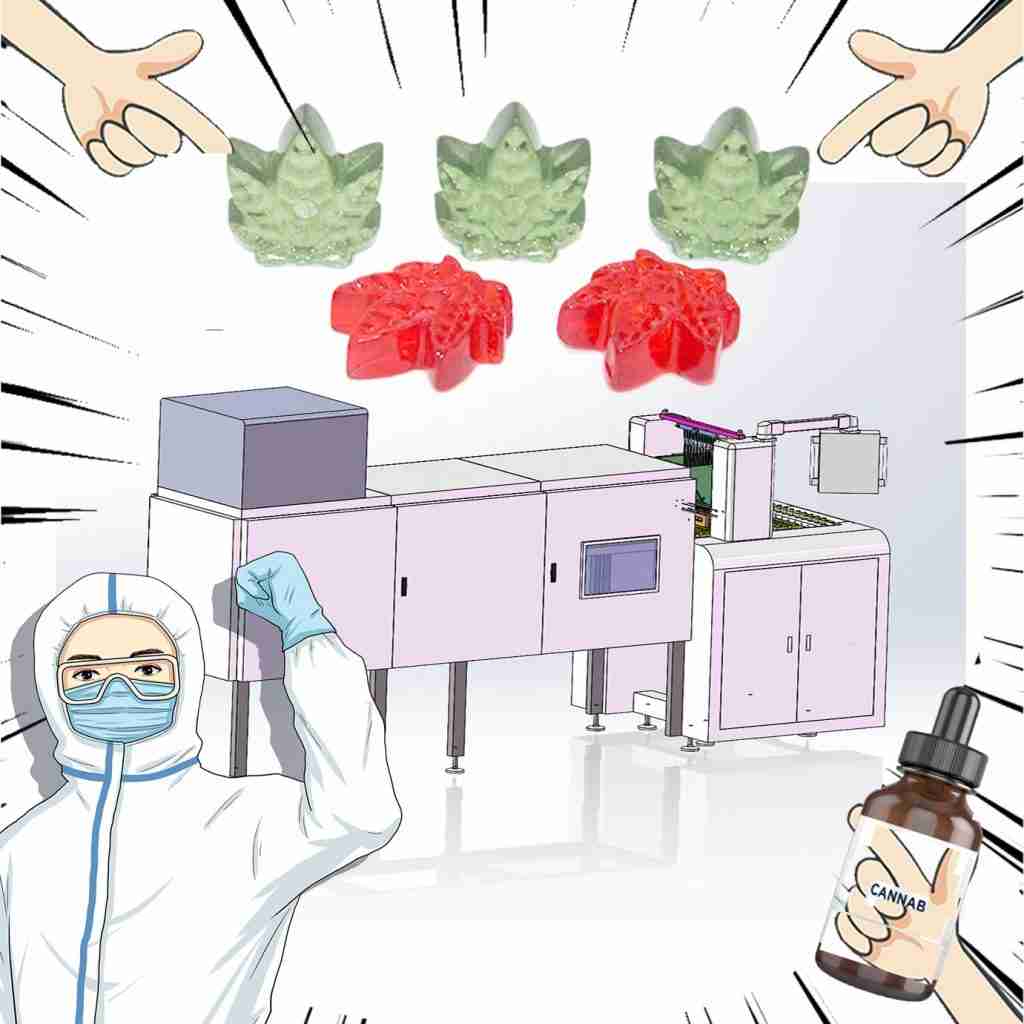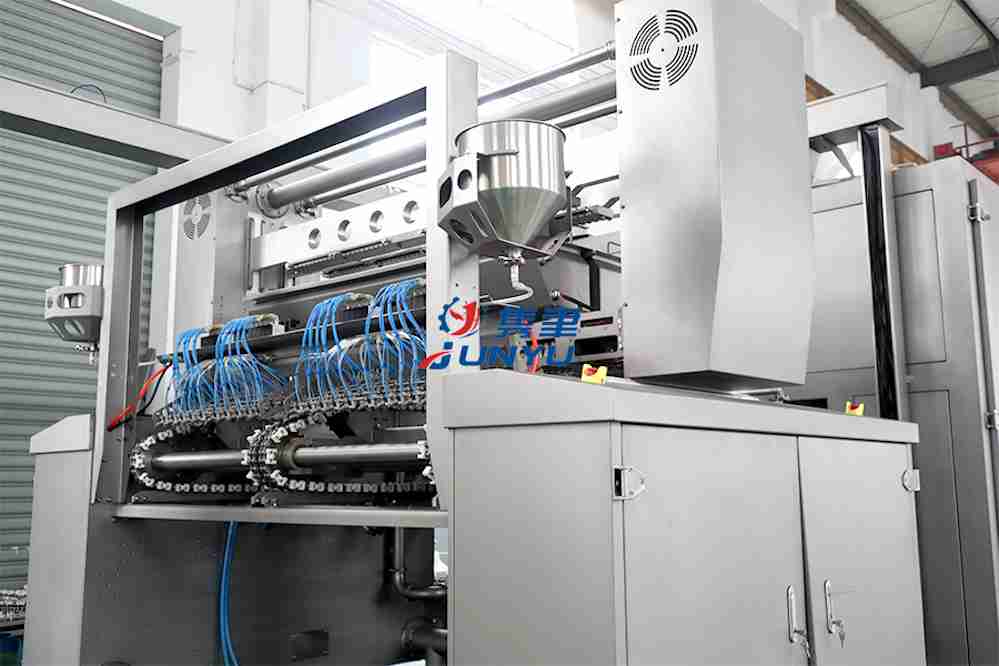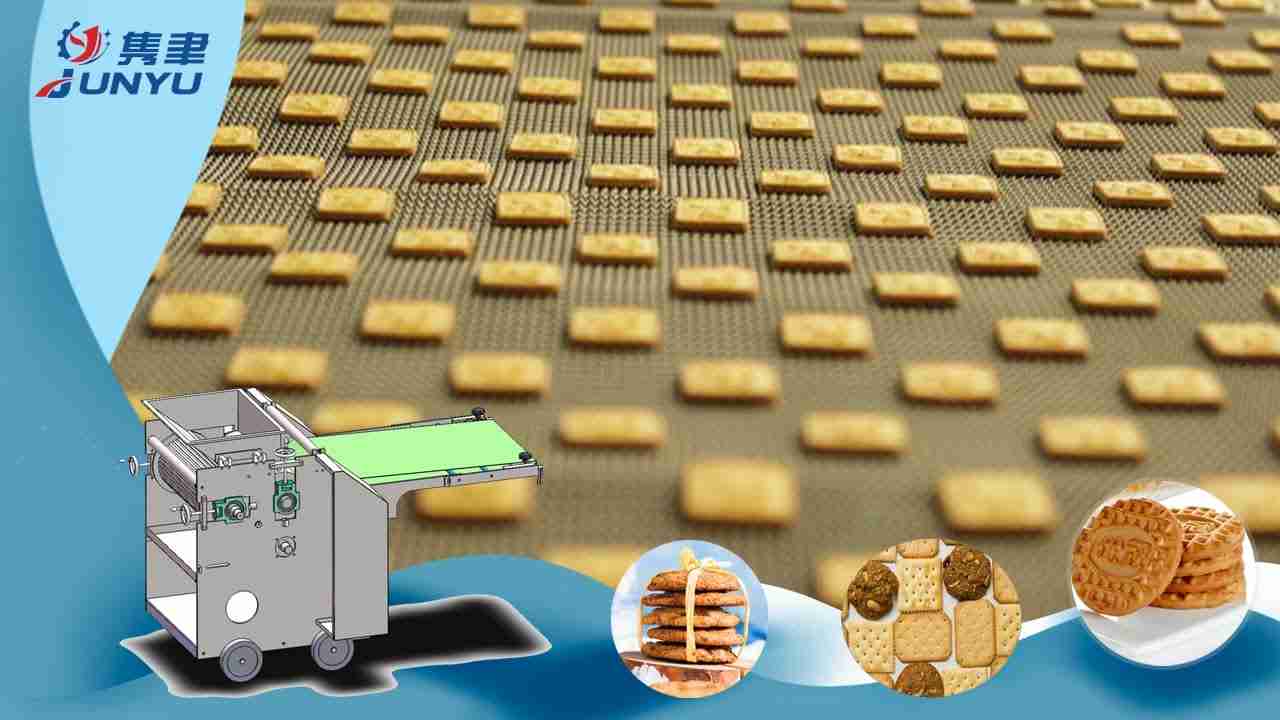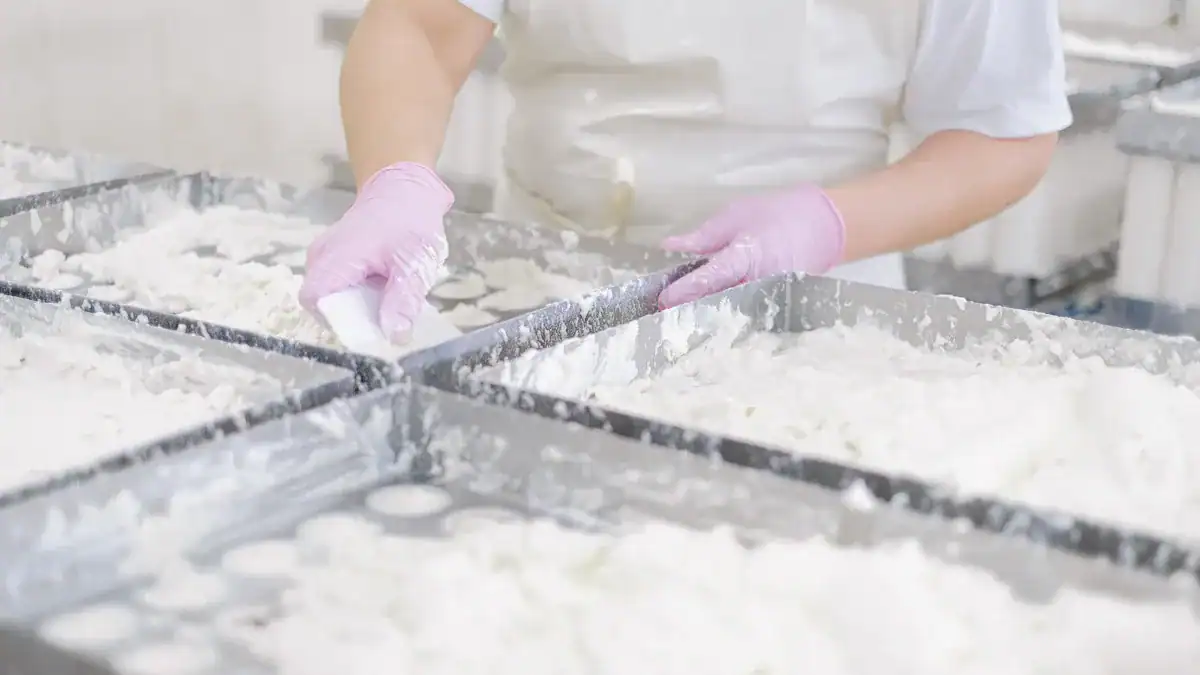The packaging of gummy bears is the final step in the production process, ensuring that these chewy delights are not only protected and preserved but also presented in a way that appeals to consumers.
This article will explore the various methods and machinery used by gummy bear machines to package the finished gummies for distribution.
1. Cooling and Solidification
Before packaging, the gummy bears must be fully cooled and solidified. This ensures they hold their shape and are firm enough to be handled by the packaging machinery.
2. Demolding
Once set, the gummy bears are carefully removed from their molds. The demolding process must be precise to avoid damaging the gummies, which can affect their appearance and quality.
3. Quality Inspection
After demolding, each gummy bear undergoes a quality inspection to ensure they meet the required standards. This includes checking for the correct shape, size, and absence of defects.
4. Automated Packaging Lines
Gummy bear machines are often connected to automated packaging lines. These lines are designed to streamline the process of packaging the gummies, from placing them in wrappers to sealing and labeling.
5. Counting and Collating
Machines with counting and collating mechanisms accurately count the gummy bears and arrange them in the desired formation for packaging. This could be in rows for a bag, in a specific pattern for a box, or in bulk for a larger container.
6. Wrapping
The gummy bears are then wrapped in a protective film or paper to prevent them from sticking together and to maintain their freshness. This wrapping can also include printed material with nutritional facts and other information.
7. Sealing
After wrapping, the packages are sealed to ensure they are airtight and secure. Heat sealing is a common method used in packaging gummy bears, providing a strong and tamper-evident closure.
8. Labeling and Coding
Machines apply labels to the packages, which may include branding, nutritional information, barcodes, and expiration dates. Coding machines can also print batch codes or expiration dates directly onto the packaging.
9. Case Packing
Individual packages of gummy bears are then grouped into cases or boxes for bulk distribution. Case packing machines handle this task, stacking the packages neatly and securely.
10. Shrink Wrapping
Some packaging lines use shrink wrapping to encase the grouped packages in a plastic film. This provides an additional layer of protection and a professional finish.
11. Palletizing
The cases or boxes are then placed onto pallets for transportation. Palletizing machines lift and stack the cases onto pallets, which are then wrapped with stretch film for stability during transit.
12. Quality Control Checks
Throughout the packaging process, quality control checks are performed to ensure that the packaging is secure, the labels are correctly applied, and the gummy bears are free from damage.
13. Automation and Robotics
Modern gummy bear packaging machines often incorporate automation and robotics to improve efficiency and accuracy. These technologies can handle complex packaging tasks with minimal human intervention.
14. Custom Packaging Solutions
Depending on the brand and product, gummy bear machines may be adapted to accommodate custom packaging solutions. This could include unique wrappers, specialty boxes, or innovative packaging designs.
Conclusion
The packaging of gummy bears is a critical step that protects the product, extends its shelf life, and enhances its appeal to consumers. With advanced machinery and automation, gummy bear manufacturers can ensure that their products are packaged efficiently, reliably, and with an eye for detail that reflects the care taken in their production. The result is a product that is ready for distribution and designed to delight gummy bear fans everywhere.








